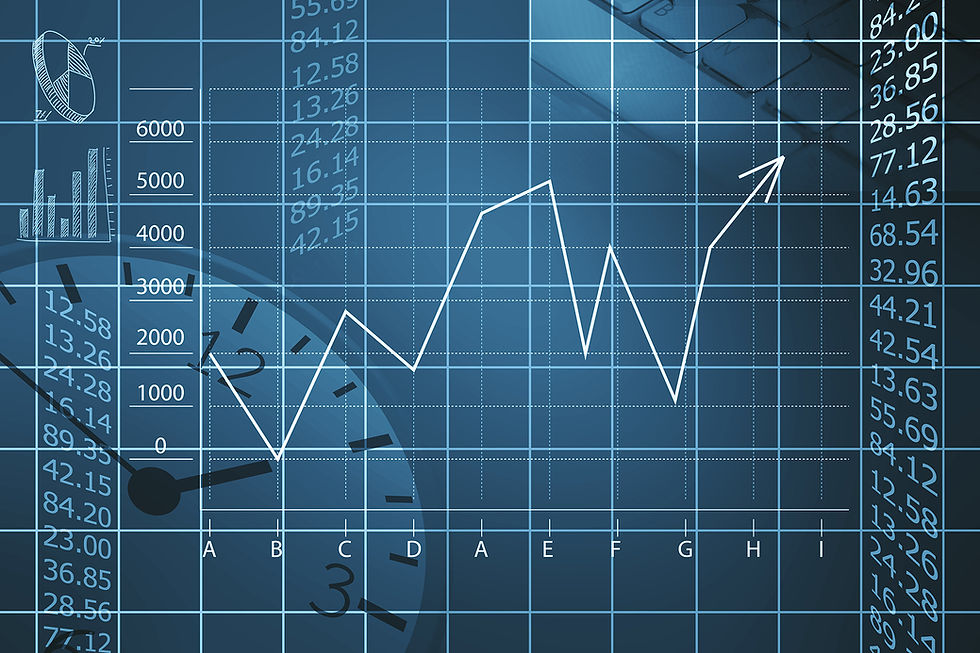
Economic Outlook provides an overview of the prospects for the Korean economy on a quarterly basis (in January, April, July, and October) based on sources published by the Bank of Korea.

Summary
In light of changes in internal and external conditions, the Korean economy is projected to grow by 1.7 percent in 2023 and 2.3 percent in 2024.
The number of persons employed is expected to increase by 90,000 in 2023 and 150,000 in 2024.
CPI inflation is forecast to record 3.6 percent and 2.5 percent in 2023 and 2024, respectively.
The current account is forecast to record a surplus of USD 28 billion in 2023 and USD 48 billion in 2024.
Macroeconomic outlook
1. Economic Growth
Private consumption

Private consumption is projected to grow by 4.7 percent and 2.7 percent in 2022 and 2023, respectively, and by 2.2 percent in 2024. Private consumption is expected to continue to recover as the effects of pent-up demand remain. However, the recovery momentum will slow gradually due to falling real purchasing power and the rise in interest rates.
Facility investment

Facility investment is expected to decrease by 2.0 percent and 3.1 percent in 2022 and 2023, respectively, before growing by 3.6 percent in 2024. Thanks to the resolution of disruptions in global supply, facility investment has improved in the third quarter of 2022, driven by investments in semiconductor equipment and automobiles. However, facility investment is expected to contract, affected by slowing global demand and increased cost of capital. Investment in the IT sector will decrease, mostly in semiconductors, while the non-IT sector will also continue to fall.
Intellectual property products investment

Intellectual property products investment is expected to grow by 4.7 percent and 3.6 percent in 2022 and 2023, respectively, and increase by 3.6 percent in 2024. R&D investment is projected to slow, centered on private R&D investment, due to deteriorating corporate earnings caused by the slump in global demand. Other intellectual property products investment will increase, thanks to continuing software-related investment for digital transformation.
Construction investment

Construction investment is expected to decrease by 2.4 percent and 0.2 percent in 2022 and 2023, respectively, before growing by 0.7 percent in 2024. In the third quarter of 2022, construction investment continues to be slow, due to delays in the sales of new houses and execution of SOC expenditure budget. Construction investment is expected to continue its sluggish trend due to the slowdown in housing demand and decrease in government SOC expenditure budget.
Exports of goods*

* Actual goods exported in GDP
Exports of goods are expected to grow by 3.4 percent and 0.7 percent in 2022 and 2023, respectively, and increase by 3.3 percent in 2024. The upward trend of exports of goods has slowed in the midst of weakening global demand for imports, mainly in China and IT products. Moreover, growth is projected to slow due to the worsening of negative effects caused by the economic slowdown of the world’s three major economics (the US, China, and Japan) and the slump of the IT sector.
Economic growth

The Korean economy is expected to grow by 2.6 percent and 1.7 percent in 2022 and 2023, respectively, and increase by 2.3 percent in 2024. Economic growth is forecast to remain below the potential due to sluggish growth in major economies, but the sluggishness is expected to gradually ease from the second half of 2023 as external uncertainties diminish.
2. Employment
The number of persons employed after the third quarter of 2022 (year-on-year) has increased by 754,000 to sustain the high growth. As the nation returns to normalcy by recovering from the pandemic, the service sector continues to add jobs, while the manufacturing added jobs for twelve consecutive months to drive the increase in employment. However, the increase is expected to be smaller in 2023 across all sectors of service, manufacturing and construction as the effect of the reopening of economic activities vanishes and the economy slows further. Employment rates for 2023 and 2024 are projected to be 62.0 percent and 62.1 percent, respectively.
3. Price
The CPI inflation forecast for November 2022 has been revised downward to 5.1 percent compared to the August projection (5.2 percent), reflecting the considerable base effect and the fall in agricultural prices. Consumer prices are forecast to rise by 3.6 percent and 2.5 percent in 2023 and 2024, respectively. Core inflation for items other than food and energy is forecast to stand at 2.9 percent in 2023 and 2.0 percent in 2024, respectively.
4. Current Account Balance
The current account surplus is projected to drop in 2022, but will post a gradual improvement in 2023 driven by the goods account, despite the deterioration of the service account. Whereas the goods account surplus was reduced in 2022 due to the surge in raw material prices, the surplus is forecast to widen from second half of 2023 supported by improvements in exports and declining imports. The service account, on the other hand, is expected to widen its deficit position as transitory surplus factors wane, such as travel services and the transportation sector, which have arisen from the ongoing pandemic shock.
※ Source: Bank of Korea (bok.or.kr)
*This article is extracted from Invest KOREA information center, 2023.

Comentarios